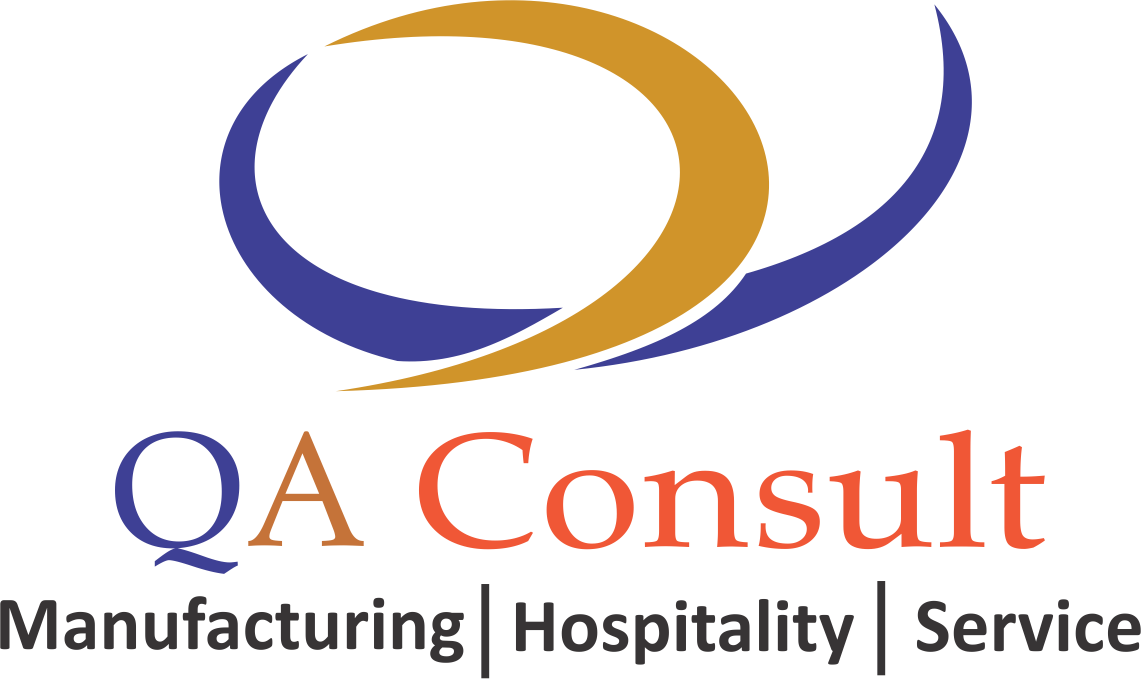The Quality Circles
(Part 2)
“Quality is never an accident; it is always the result of high intention, sincere effort, intelligent direction and skillful execution; it represents the wise choice of many alternatives” William A Foster. The purpose of establishing a quality management system is basically to meet and exceed customer expectations. From the previous article, establishing a quality circle is one of the ways of achieving this objective. Recall that, a quality circle or quality control circle is a group of workers who do the same or similar work, who meet regularly to identify, analyze and solve work-related problems. The main purpose is to improve the performance of the organisation and motivate employees.
Why Set Up Quality Circles
While the end game is known, it is critical to enumerate the individual objectives of a working quality circle. In order to effectively run quality circles, the functions of the steering committee and facilitators and how they help create success for the business should also be explored. The first objective of a quality circle is to overcome any blockades that exist in the company structure. This is important to create open and honest discussions among employees. Any organisation that has a strict hierarchical system and drives information from top to bottom mostly cannot thrive in the modern world of business. New ideas should be encouraged to flow top-down and bottom-up. Quality circles encourages the free flow of new ideas and opens up communication in the business environment.
The second objective of quality circles is the injection of attitudinal change in the business. Quality circles nurtures attitudinal change by raising employees who care about everything quality. It fosters a never-walk-by attitude in employees, generating circles who are always looking for solutions to every single problem. Employees become more open and become intimately involved in decision-making processes regarding the output of the organisation.
Thirdly, quality circles have a way of unearthing great talent. Employees with high potential for personal growth are usually identified in smaller circles where challenges are being solved. The teamwork that results in quality circles creates an atmosphere of learning, supporting the upgrade of skills for employees and giving them a deeper understanding of the workings of the organisation in whatever areas the circle decides to tackle.
Fourth, effective quality circles create wealth for the organization by contributing to the overall improvement and development of individual departments and the organisation as a whole. If several of these circles are established, their combined effect leaves a lasting positive effect on the growth of the business. Additionally, it helps create a great work environment for employees enhancing their capacity to do more in the area of problem-solving.
Benefits Of Quality Circles
It is clear from the above objectives what the benefits of quality circles are; realizing these benefits would push an organisation to focus on getting quality circles started and equipping them with the needed resources for excellent execution. Quality circles improves worker attitudes and this cannot be taken for granted. Organisations who’ve adopted this concept have seen a rise in employee competence. It generates attitudes of problem prevention with the positive results of reducing costs and redundant efforts.
Since quality circles are interdepartmental in nature, communication across departments is enhanced generating collaborative efforts in solving problems and creating a friendly work environment. These advantages directly translate into the production of quality products. Quality of products and services helps in oiling the wheels of competitive advantage in the market place. Quality circles are not limited to manufacturing environments only but in the services sector as well.
Establishing Quality Circles
In quality management systems, top management commitment and involvement is critical. Leadership is at the heart of every successful venture and hence anything that is to be established in a business must have top management understanding, approval and commitment. It is important for top management to understand quality circles, its objectives and core benefits. The first step therefore is for top management to appreciate the usefulness of this approach and to open the channels of communication across the organisation towards its implementation.Once the above hurdle is crossed, top management must take it upon itself to drive the programme. This begins by first, explaining the concept to all employees and getting their buy-in. Employees should be willing to volunteer to form teams of quality circles.
Top management now appoints facilitators from middle management including those in supervisory roles. A senior manager is then nominated to ensure the overall coordination of the activities of the teams. The coordinator and the facilitators now form a steering committee who shall have oversight responsibility of the activities of the quality circles established. The steering committee is now taken through a series of training programmes which includes; group dynamics, team building and facilitation, effective communication, conflict resolution and problem-solving techniques. The problem-solving techniques may include focus group discussions, brainstorming activities, Pareto analysis etc. The structure of a quality circle will therefore include the following; Top management, steering committee chaired by a coordinator, facilitators, leaders, members and non-members.
Conclusion
The realisation of every goal starts with planning, followed by execution. Fantasising about a programme will not yield results but will actually waste time always thinking of doing it but staying motionless. Setting up the governing structure for quality circles is the first most important step in realizing your goal for the organisation. The last in this series would look at the core functions of the various layers in the structure above and some problem-solving skills the circles may use to achieve all the objectives outlined.
Johnson Opoku-Boateng is the Chief Executive & Lead Consultant, QA CONSULT (Consultants and Trainers in Quality Assurance, Health & Safety, Environmental Management systems, Manufacturing Excellence and Food Safety). He is also a consumer safety advocate and helps businesses with regulatory affairs. He can be reached on +233209996002, email: johnson@qaconsultgh.com.
Related Stories
The Hungry Potbelly – bringing nutrition to the fore as a nation!
The Hungry Potbelly – bringing nutrition to the fore as a nation! As part of the long-term vision set out in Agenda 2063, the Assembly of Heads of State and Government of the African Union has adopted common African aspirations, drawing on the potential of its...
Silent Consumer Carelines – A major setback for industries
Silent Consumer Carelines – A major setback for industriesMohammed bin Rashid Al Maktoum wrote in his book “My Vision” (Challenges in the Race for Excellence) that “Anyone visiting the city realizes from touchdown that Dubai is exclusive and different. Because Dubai’s...
Industry & Consumer Information with Johnson Opoku-Boateng: Rising from complacency
Industry & Consumer Information with Johnson Opoku-Boateng: Rising from complacencyThe Case of Successful Small Business“Expansion and modernisation of the nation’s productive plant is essential to accelerate economic growth and improve the international...
Get In Touch
HEAD OFFICE
Aviation Highway , East Airport ( Spintex)
Landmark: Endpoint Homeopathic clinic



